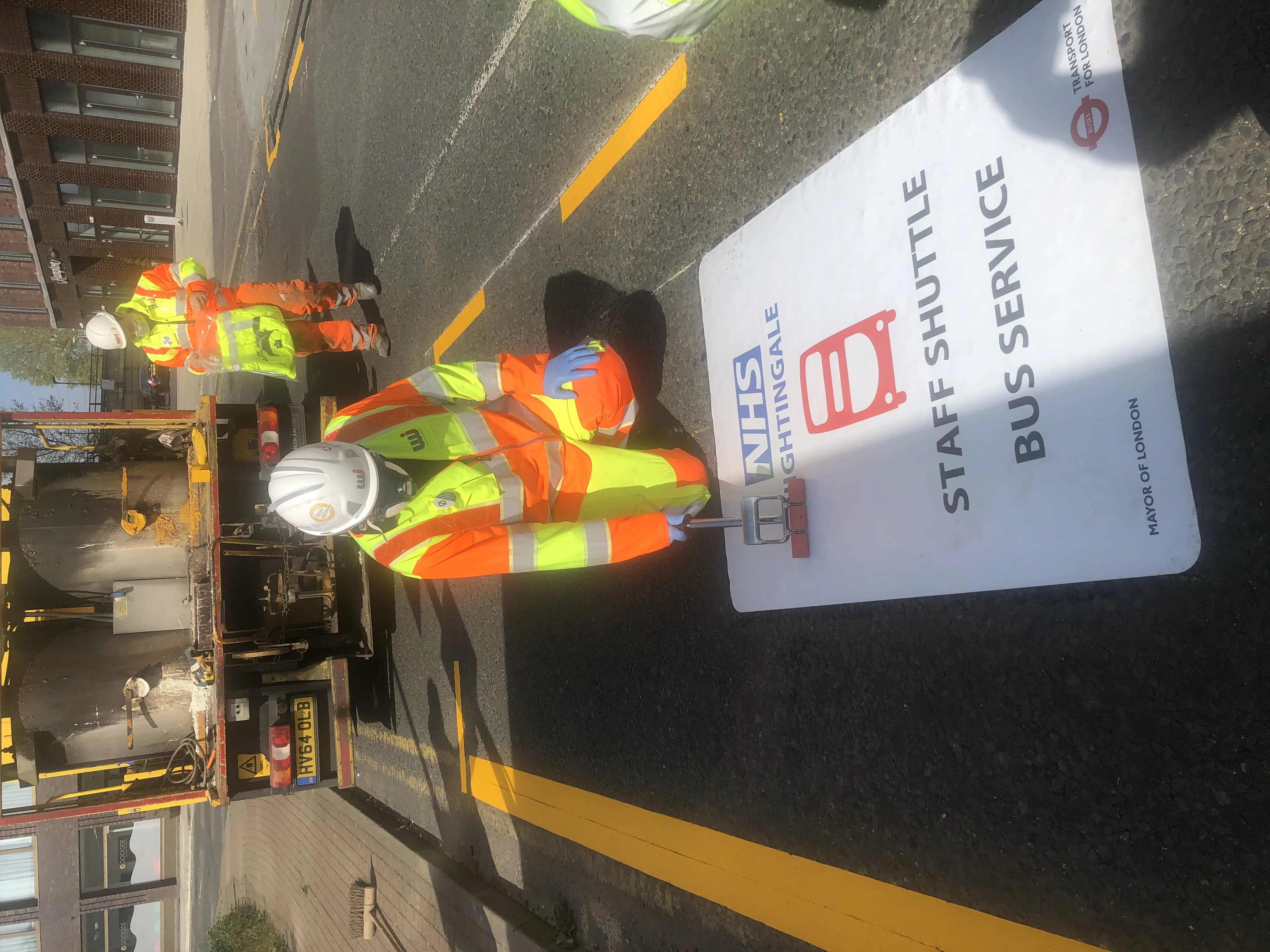The US Department of Transportation (USDOT) is soliciting applications for the Fostering Advancements in Shipping and Transportation for the Long-term Achievement of National Efficiencies (FASTLANE) grant program, a new program in the Fixing America’s Surface Transportation (FAST) Act to fund critical freight and highway projects across the country. The FAST Act authorises US$800 million in funding for the FASTLANE program for fiscal year 2016, with 25 per cent reserved for rural projects, and 10 per cent
February 29, 2016
Read time: 2 mins
The 324 US Department of Transportation (USDOT) is soliciting applications for the Fostering Advancements in Shipping and Transportation for the Long-term Achievement of National Efficiencies (FASTLANE) grant program, a new program in the Fixing America’s Surface Transportation (FAST) Act to fund critical freight and highway projects across the country. The FAST Act authorises US$800 million in funding for the FASTLANE program for fiscal year 2016, with 25 per cent reserved for rural projects, and 10 per cent for smaller projects.
“Our nation needs a strong multimodal freight system to both compete in the global economy and meet the needs of consumers and industry,” said US Transportation Secretary Anthony Foxx. “We now have an opportunity to fund high-impact projects that address key challenges affecting the movement of people and freight.”
FASTLANE grants will address many of the challenges outlined in the USDOT report Beyond Traffic, including increased congestion on the nation’s highways and the need for a strong multimodal transportation system to support the expected growth in freight movement both by ton and value. It is also in line with the Department’s draft National Freight Strategic Plan released in October 2015, which looks at challenges and identifies strategies to address impediments to the efficient flow of goods throughout the nation.
“Our nation needs a strong multimodal freight system to both compete in the global economy and meet the needs of consumers and industry,” said US Transportation Secretary Anthony Foxx. “We now have an opportunity to fund high-impact projects that address key challenges affecting the movement of people and freight.”
FASTLANE grants will address many of the challenges outlined in the USDOT report Beyond Traffic, including increased congestion on the nation’s highways and the need for a strong multimodal transportation system to support the expected growth in freight movement both by ton and value. It is also in line with the Department’s draft National Freight Strategic Plan released in October 2015, which looks at challenges and identifies strategies to address impediments to the efficient flow of goods throughout the nation.









